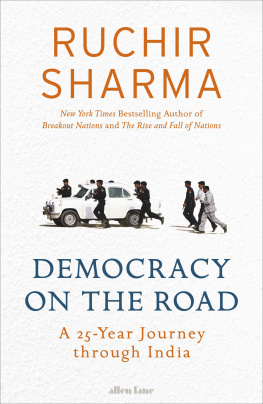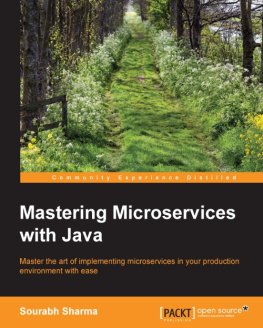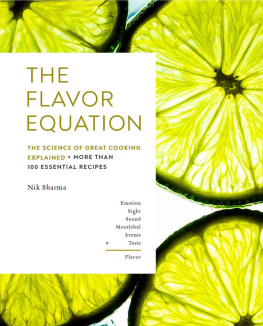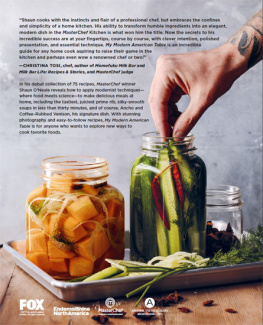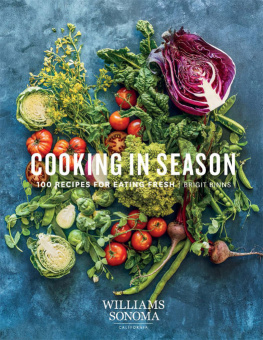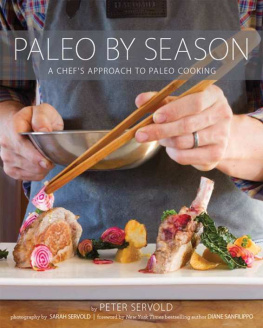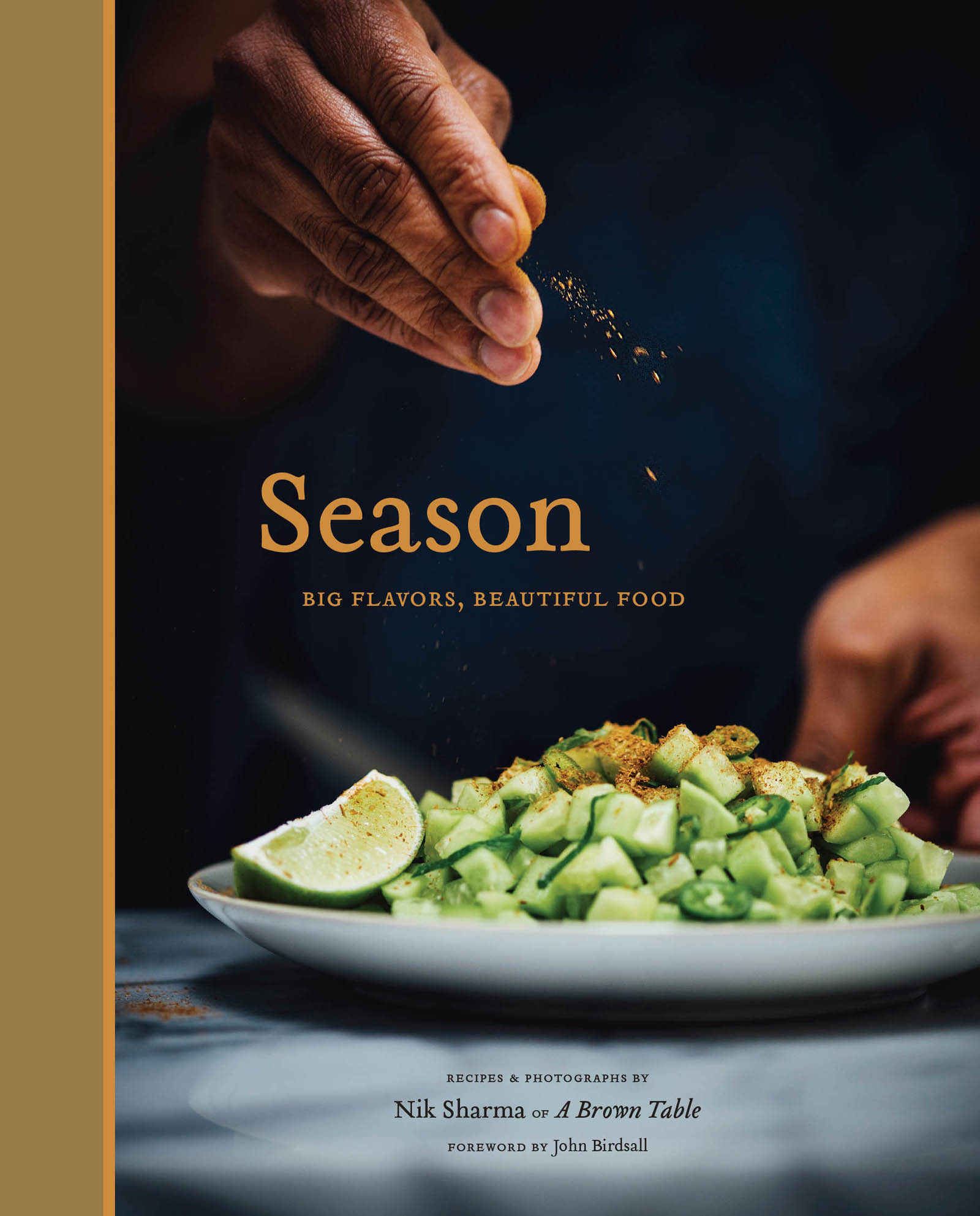

To my parents and my husband, Michael.
To my readers of A Brown Table and A Brown Kitchen.

Copyright 2018 by Nik Sharma.
All rights reserved. No part of this book may be reproduced in any form without written permission from the publisher.
ISBN 9781452164212 (epub, mobi)
Library of Congress Cataloging-in-Publication Data
Names: Sharma, Nik, author.
Title: Season / by Nik Sharma ; photographs/illustrations by Nik Sharma.
Description: San Francisco : Chronicle Books, 2018. | Includes index.
Identifiers: LCCN 2017051015 | ISBN 9781452163994 (hardcover : alk. paper)
Subjects: LCSH: Cooking (Spices) | SpicesIndia. | Cooking, Indic. | LCGFT: Cookbooks.
Classification: LCC TX819.A1 S525 2018 | DDC 641.6/383dc23 LC record available at https://lccn.loc.gov/2017051015
Prop styling by Nik Sharma
Food styling by Nik Sharma
Designed by Alice Chau
Chronicle books and gifts are available at special quantity discounts to corporations, professional associations, literacy programs, and other organizations. For details and discount information, please contact our premiums department at or at 1-800-759-0190.
Chronicle Books LLC
680 Second Street
San Francisco, California 94107
www.chroniclebooks.com

foreword
Was it Twitter? Facebook? I dont remember the portal that drew me into Nik Sharmas blog back in 2015, before I knew anything about him, but I recall feeling the tug of having clicked into something revolutionary.
There was nothing overtly challenging about scrolling through Niks blog, A Brown Table. In a way, his process shots of pastry-making were anything but iconoclastic. They showed softly blistered yeast doughs, book-fold sheets of yellow puff paste, cooked fruit bubbling through vents in crusts, against backdrops that receded into blackness, as in seventeenth-century Italian still lifes. Just like the ones in Giuseppe Reccos paintings of fruit or flowers, the inanimate objects in Niks pictures were luminous.
It was his hands in the photos that made me stop.
Pressed on a rolling pin or clapping to clean themselves and launching a nimbus of flour, Niks handsbrown fingers and creased palmswere unlike anything Id seen in conventional food media. In a space remarkable for near-exclusive whiteness, Niks posts were subversive, pushing against the visual rules of food.
They challenged biased assumptions about who belongs in food, about who owns blueberry pie and kouign amann, about who gets to cook French food and who has to be labeled as ethnic.
It was only later, when I learned to look beyond the pictures, that I realized the vocabulary of Niks new language was more than merely visual. You hold the evidence in your hands, in this book. Recipes for Curry Leaf Popcorn Chicken, Butternut Squash and Tea Soup, Crab Cakes with Lemongrass and Green Mangothey tell familiar stories, with a fresh voice. The same is true of Niks Indian recipes, dishes such as Tandoori Swordfish Steaks and Lamb Chops with Red Lentils, things that carry the weight of tradition in new ways, wrapped in new narratives, refusing to be pushed into old boxes.
In Season, just as at A Brown Table, Nik Sharma shows us a world weve never quite seen before, and begins patiently to teach us its language of vivid and sometimes unexpected flavors. With deft hands he invites us to his table: a place where everyone belongs.
john birdsall
contents
introduction
The world is getting smaller; the advent of new technologies has changed and shaped the way we interact and think. The Internet lets us explore new cultures and countries in ways we never thought would be possible. Migrant communities have brought their cultures to our doorsteps, and the foods theyve shared with us have become powerful tools of education and social justice.
Today both home cooks and chefs have a new global palette of ingredients and spices to play with. We now mention cardamom in the same breath with vanilla, and ghee is a common staple on the shelves of many grocery stores. Mango lassi? Well, it needs no introduction. Our interconnected world has transformed how we think about food, and changed the way we eat.
I am an immigrant and I tell my story through food. Season is a collection of my experiences and tastes. But this book is more than just a book of recipes. Here you will find my approach to cooking. When I cook, my thought process is influenced not only by my childhood in India, but also by how I was shaped by my experiences while I acclimated to my adopted new home in America using food as a tool to communicate.
This is not a traditional Indian cookbook (though Ive included a few of my favorite recipes). Instead, consider it a guide to bringing new flavors from different culinary traditions into your own kitchen, and making them work for you.
I take pride in incorporating flavors, techniques, and ingredients in new and exciting ways. This, my first book, celebrates diverse cultural influences and, I hope, helps to erase labels like ethnic and exotic in the West by shedding more light on some of these ingredients. Season is a collection of flavors from my two worldsIndia and America.
India
My story begins in India. I was born on the west coast, in Bombay. (To me it will always be Bombay, even though the name has changed to Mumbai.) Like many large, cosmopolitan cities, Bombay is a melting pot of cultures. As early as the fourth century bce , India was a part of the ancient Silk Road, through which spices and other luxury goods were transported. Later, in the fifteenth century, Bombay became a major port for trade. The influx of traders and immigrants broughtand bring, to this daytheir own cultures and habits. As a financial engine, Bombay also draws millions of Indians who come in search of work and success. The result? Bombays cuisine is one of the most varied and cosmopolitan in the world.
Our home was diverse, too. My mom is a Roman Catholic whose family hails from the former Portuguese colony of Goa. My dad is Hindu, from the northern part of the country from a state called Uttar Pradesh. Every year we celebrated both Catholic and Hindu holidays, so my sister and I tasted an amalgamation of cultures through food. The dining table was a mosaic of Portuguese-influenced dishes from Goa overlaid with the traditional staples of north Indian cooking. From a young age, this mishmash of food influences taught me that flavor and technique are highly adaptable tools that we can use to creatively explore our world.
In most Indian households, spices and other aromatics are treasured and revered. This was true for us, too. In my dads family, spices such as cardamom and saffron were mixed into the sweets offered to deities at pujas (Hindu prayer ceremonies). And limes and chile peppers were tied together in a bundle and hung outside the door to ward off bad spirits. My mother would give me a tablespoonful of freshly ground black pepper with honey to fend off colds; the combination of the spicy pepper and soothing honey always worked and still does (my nostalgic association is why I love to add pepper to sweets like the grilled dates and raisins with honey on ).
Next page





